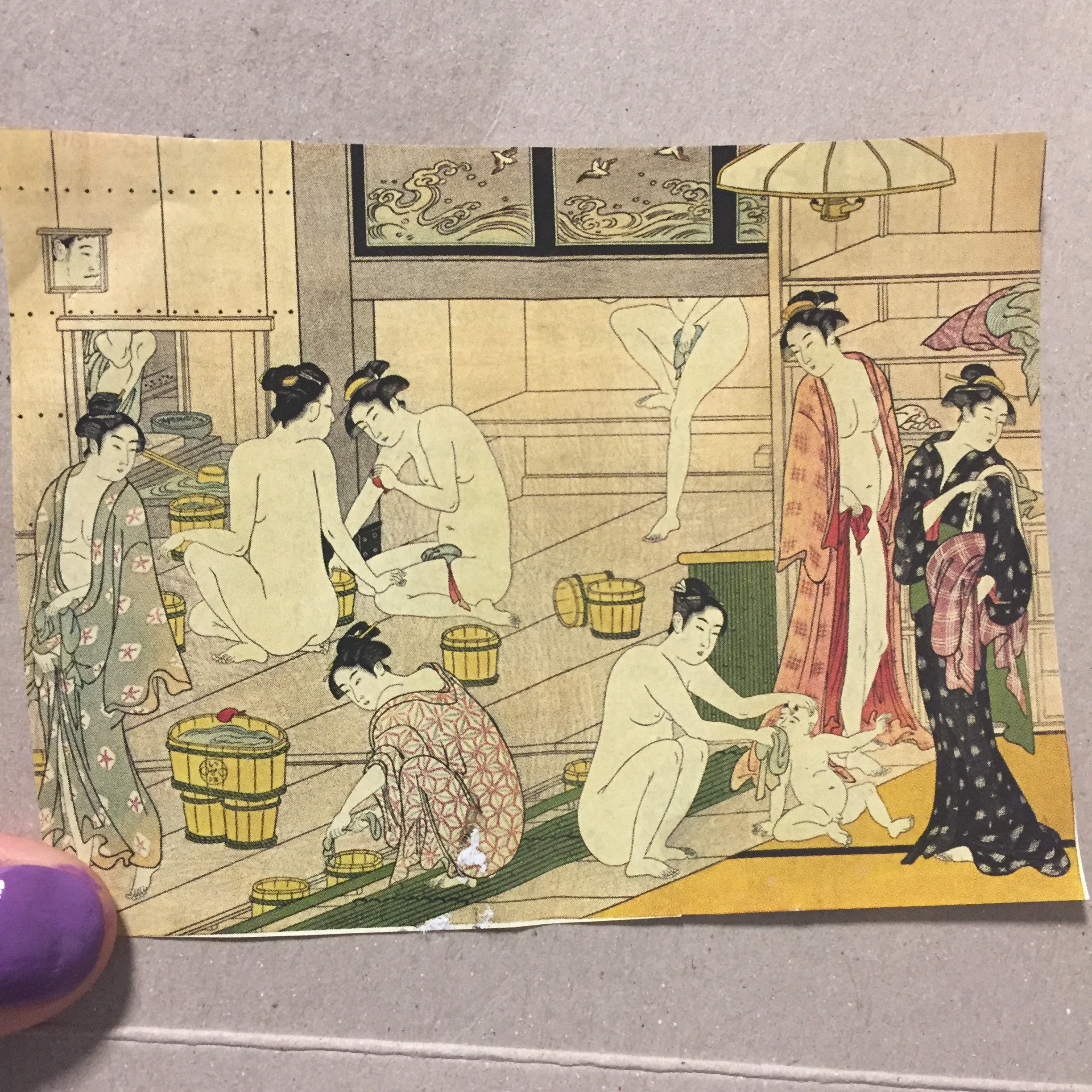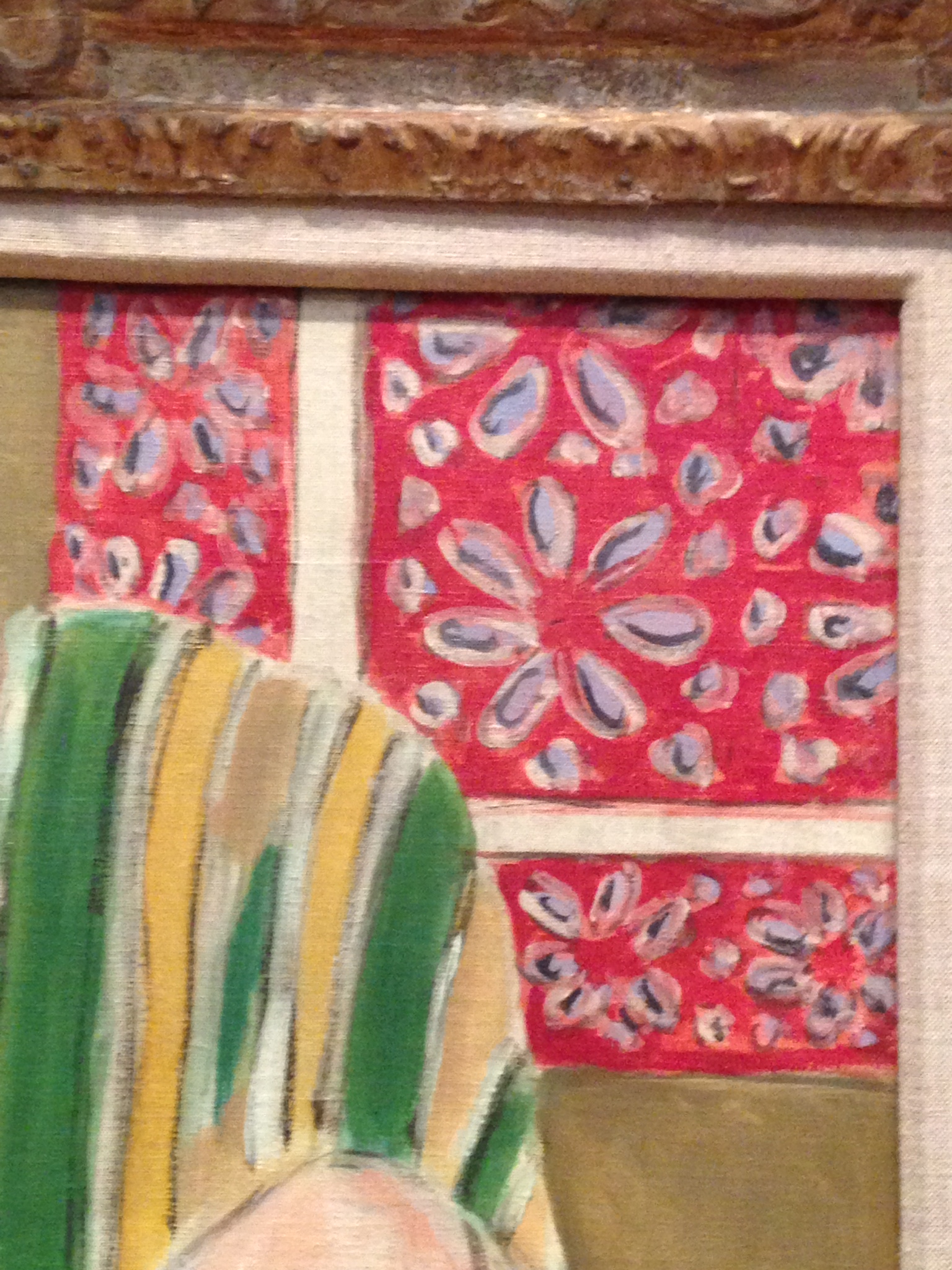Inspired by Keri Smith's book "How to Be an Explorer of The World, Portable Life Museum" I am going to do a series of blog posts as an explorer collecting data in the world. Being an explorer totally fits in with trying to live a more creative life.
As a kid, did you ever daydream that you were an explorer? I certainly did and I still do. An explorer is, in their heart, a seriously curious person - a person who is always looking for new things to observe in the world.
Explorer's Diary, Entry No. 1
Quickly record 10 things that you did not notice before you sat down, about the place you are sitting right now.
1. Paint splatters on the wall.
2. Patterns of paint all over the protective tablecloth.
3. The shadows cast on the wall are blue.
4. I have a red olive oil can for brushes.
5. There is a small picture of my last dog, Fred, looking at me.
6. I have a little statue of Mother Mary who, instead of facing forward, is slightly turned left and facing me directly - spooky. (I actually have two images of the Madonna in front of me)
7. There are 34 images of birds in my direct sight line.
8. There are three pieces of art by other artists right in front of me. Two by the talented Billy Aaron Brown and one by Abbey Ryan.
9. I have lots and lots and lots of brushes but I mostly use just 3.
10. There is a picture of my art accountability partner (Anne Barnes) smiling at me from my bulletin board...she is reminding me to hold us both accountable!
What good was this little exercise? As I pointedly looked around my space I felt so grateful for my surroundings. I love the things I have collected. I love all the bright colors and inspirational quotes. I love being reminded of special people! (BA & AB). Recognizing that all those things surround me was energizing.
Familiarity and habitual behavior can hide things in plain sight!
I challenge you to do this same exploration right now. Are you sitting at your desk at work? Are you sitting at home reading this on your phone? Stop what you are doing and really look at your surroundings. Make a quick note of 10 things you see. It just might change how you feel about your surroundings.
p.s. If you do this post your observations below.















